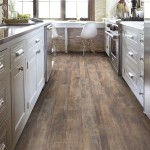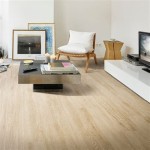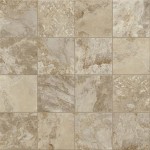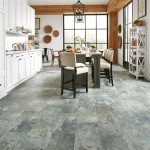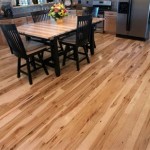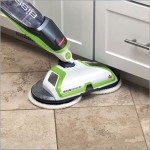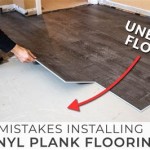Hardwood floors are one of the most aesthetically pleasing and durable flooring options available. They can last for decades if they are properly maintained and cared for. Unfortunately, water damage can occur and cause buckling in hardwood floors, leading to costly repairs. In this article, we will discuss the causes and effects of hardwood floor buckling water damage and how to prevent it.
What Causes Hardwood Floor Buckling?
Buckling, or warping, occurs when the wood flooring absorbs too much moisture and expands. This can be caused by water spills, flooding, or high humidity levels. When the moisture levels in the wood exceed its maximum, the flooring will swell and buckle, creating an uneven and unsightly surface.
Another common cause of buckling is a lack of expansion space. Expansion space is the gap between the edge of the hardwood and the wall or baseboard. When this gap is too small, the flooring will be unable to expand and contract with changes in humidity, leading to buckling.
The Effects of Hardwood Floor Buckling Water Damage
Buckling can lead to serious structural damage to the flooring and the surrounding wood. The buckling can cause the wood to split and warp, leading to cracks and gaps in the flooring. This can lead to costly repairs and replacement of the damaged flooring.
In addition, water damaged floors can create a health hazard. The excess moisture can create the perfect environment for mold and mildew to grow and spread. This can not only damage the flooring, but can also create a health hazard for those living in the home.
Preventing Hardwood Floor Buckling Water Damage
The best way to prevent hardwood floor buckling is to keep the humidity levels in your home stable. This can be done by using a dehumidifier or air conditioner to maintain a relative humidity level between 35-50%. Additionally, check the flooring regularly for signs of water damage and repair any leaks or spills immediately.
In addition, ensure that the expansion space around the flooring is adequate. This should be a minimum of 1/4″ – 1/2″ between the edge of the flooring and the wall or baseboard. If the gap is too small, you may need to install a transition strip to allow for the proper expansion and contraction of the flooring.
Conclusion
Water damage is one of the leading causes of hardwood floor buckling. By keeping the humidity levels in your home stable and ensuring that the expansion space is adequate, you can help prevent buckling and keep your hardwood floors looking beautiful for years to come.













Related Posts

